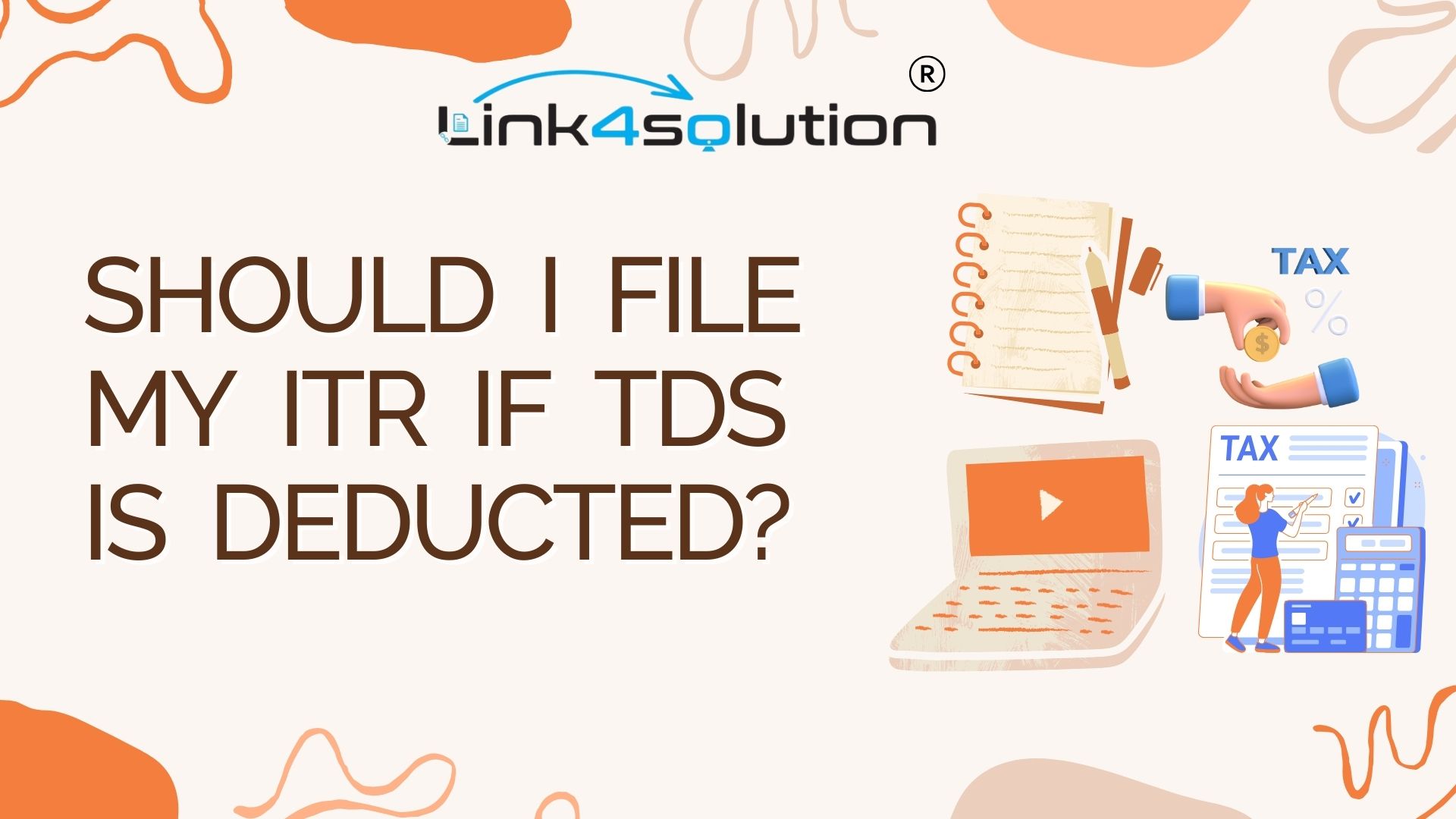Introduction
Tax Deducted at Source (TDS) is a method where tax is automatically deducted from an individual’s or entity’s payment, like salaries, commissions, rent, or interest, by the payer. The concept aims to streamline tax collection directly at the income source, reducing tax evasion.
Understanding TDS
In TDS, the deductor, who makes specified payments, withholds a portion of tax and remits it to the Central Government. The deductee, whose tax is deducted, receives credit based on Form 26AS or a TDS certificate. It’s a crucial part of the Income Tax Act, ensuring taxes are prepaid and not evaded.
When is TDS Deducted?
TDS is applicable for various payments under the Income Tax Act. For individuals and Hindu Undivided Families (HUFs), different rules apply. For instance, TDS at 5% is deducted on rent payments exceeding ₹50,000 per month. Banks deduct TDS at 10%, but this can increase to 20% without a PAN. However, if your income falls below the taxable limit, you can submit Forms 15G and 15H to prevent TDS on interest income.
TDS Returns and Certificates
The deducted TDS must be deposited with authorities by the 7th of the following month, except for March deductions, which have an April 30th deadline. TDS returns are filed quarterly using forms such as Form 26Q, with different deadlines for each quarter.
TDS certificates like Form 16 (for salaries) and Form 16A (for other incomes) are issued to the taxpayer by the deductor. These forms detail the TDS deducted linked to the taxpayer’s PAN.
Tax Liability and Refunds
The TDS rate varies based on income sources, not your total income, potentially leading to differences between deducted TDS and actual tax liability. You must calculate your total income from all sources to determine your true tax liability. If TDS exceeds your tax liability, you’re eligible for a refund, claimable through an income tax return.
Conclusion
TDS is a preemptive tax collection mechanism integral to the Indian tax system. It simplifies tax compliance for both deductors and deductees, ensuring a steady flow of revenue to the government while reducing tax evasion.




